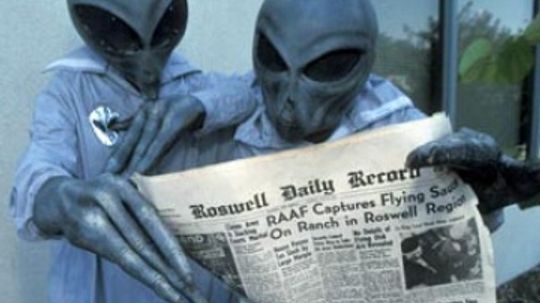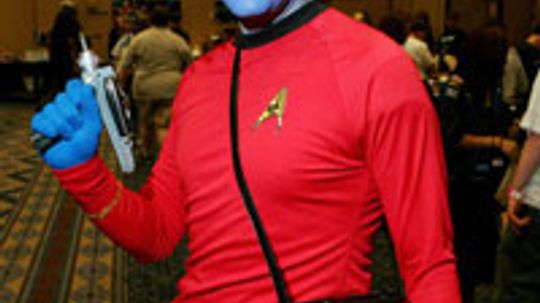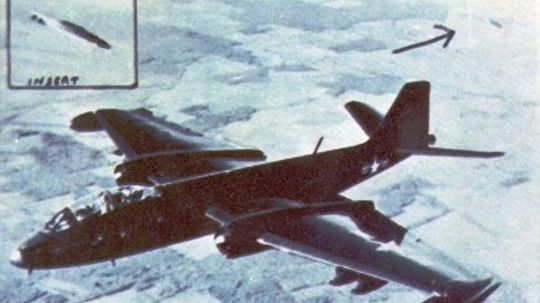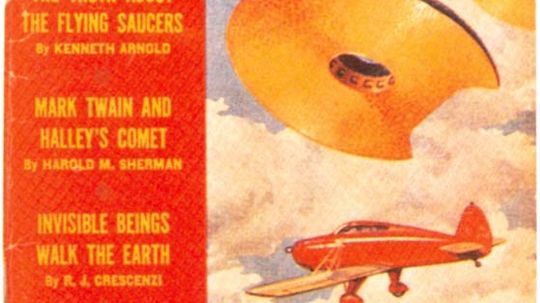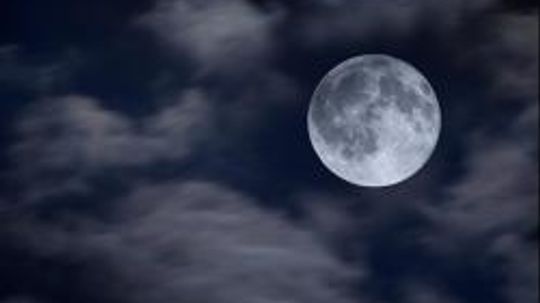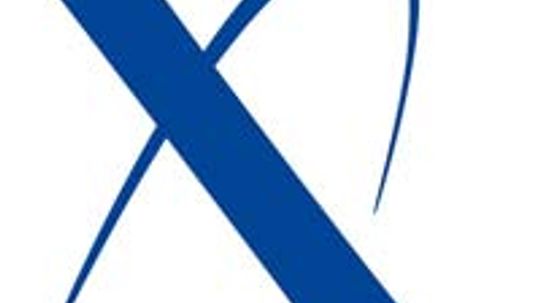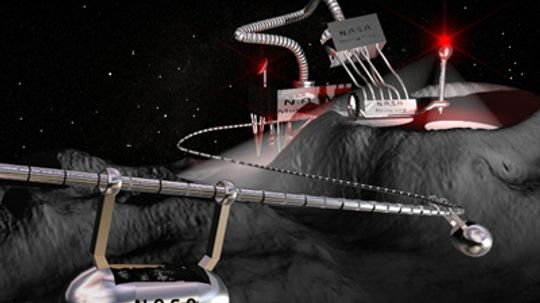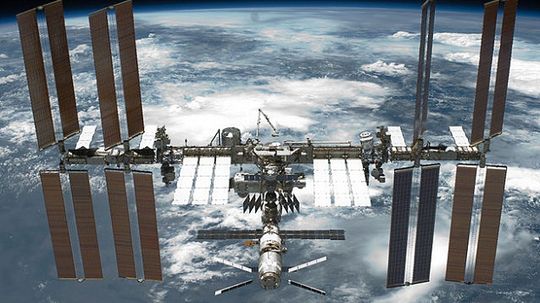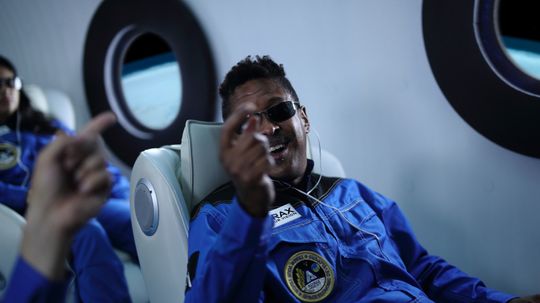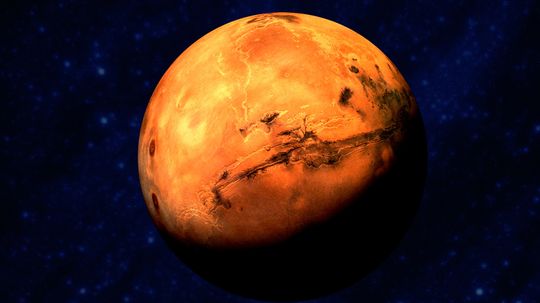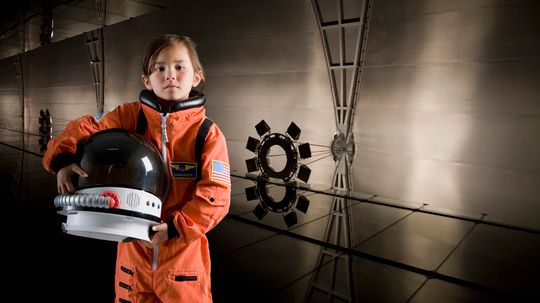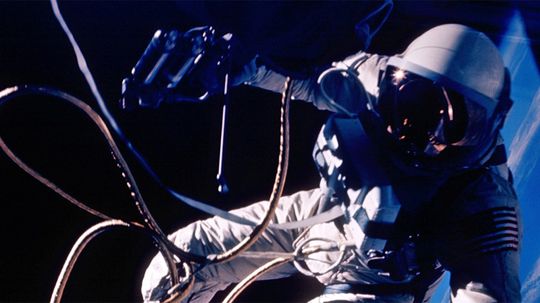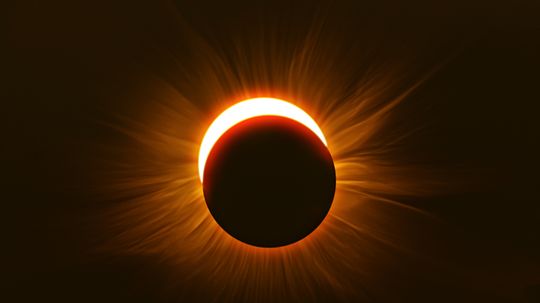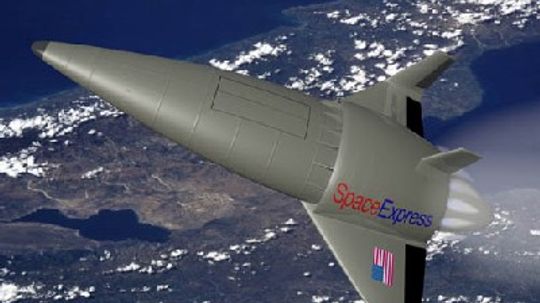Space
Explore the vast reaches of space and mankind's continuing efforts to conquer the stars, including theories such as the Big Bang, the International Space Station, plus what the future holds for space travel and exploration.
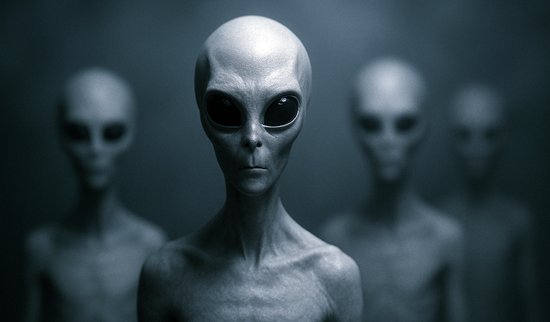
Tall Whites: The Classic Extraterrestrial Archetype
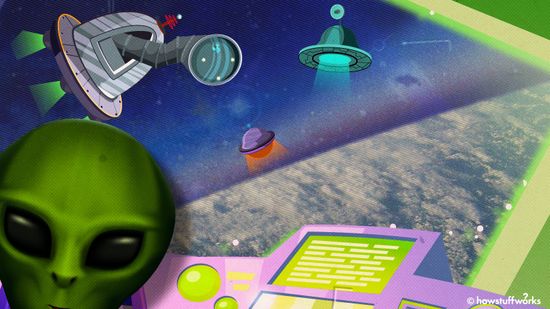
The Zoo Hypothesis: Are Aliens Watching Us Like Animals in a Zoo?
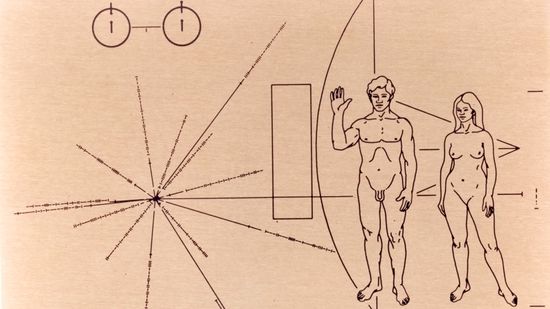
Communicating With Aliens Is Hard. Communicating With Alien AI Could Be Harder
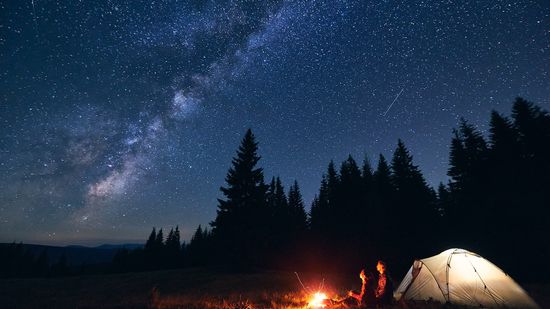
10 Types of Stars Blazing and Collapsing in Our Universe
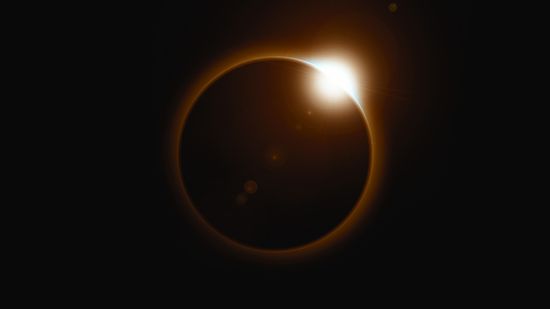
7 Types of Eclipses: Lunar, Solar and ... Hybrid?

Why a Geomagnetic Storm Makes for Pretty Skies and Tech Scares
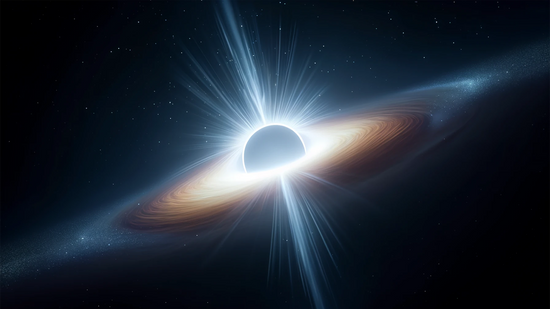
What Is a White Hole? Does the Cosmic Phenomenon Exist?
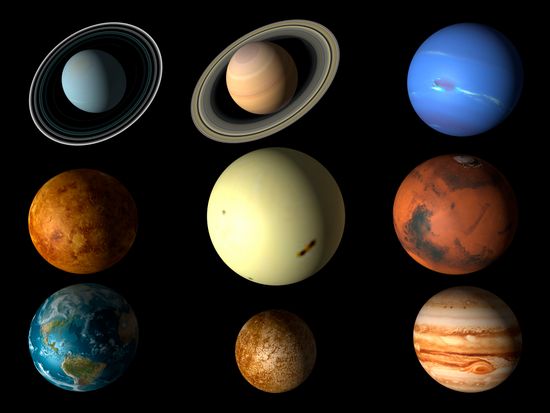
10 Best Ideas for Interplanetary Communication
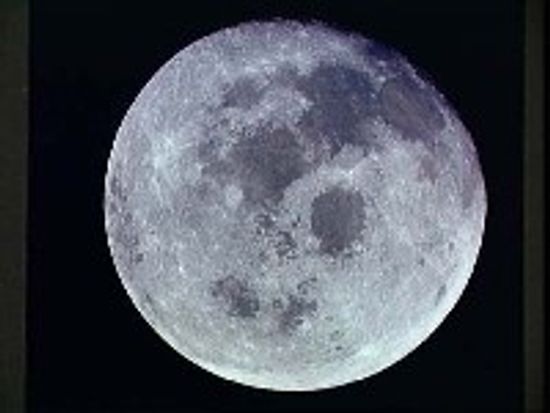
How can the moon generate electricity?

Is an Astronaut Stuck in Space a Rare Occurrence?
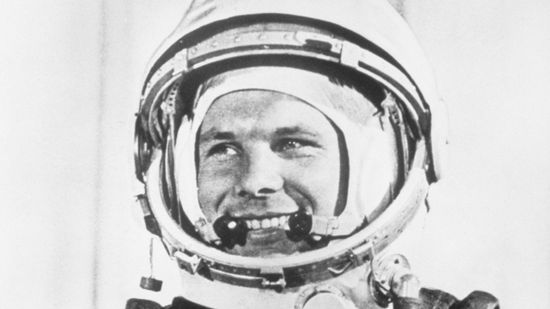
What Really Happened to Yuri Gagarin, the First Man in Space?

Apollo 11 One Giant Leap For Mankind
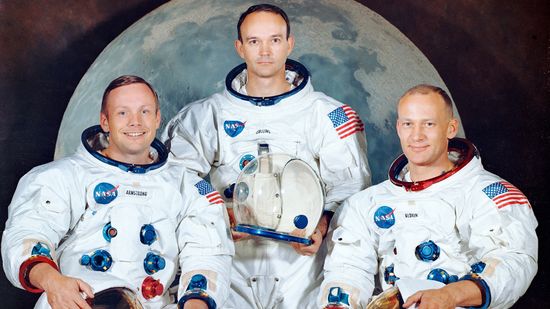
15 Famous Astronauts Who Expanded Our Universe
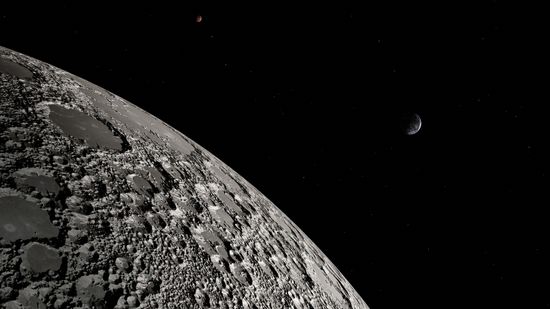
2023 India Moon Landing Was World's First at Lunar South Pole
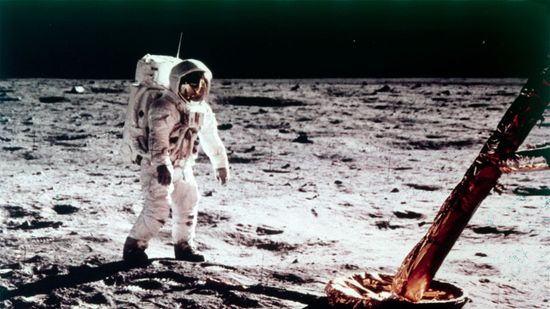
Quiz: Apollo 11, the First Moon Landing
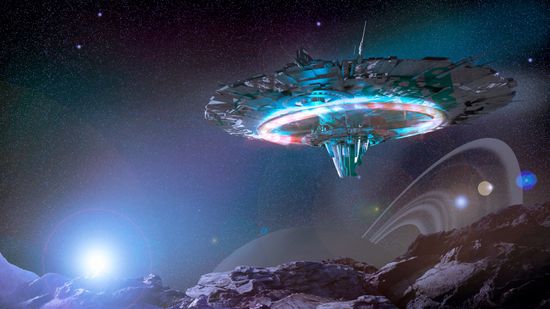
The Fastest Fictional Spaceships
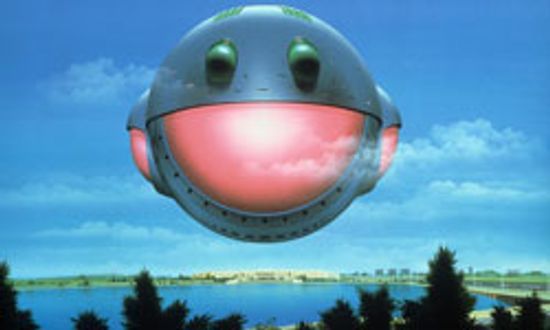
10 Fictional Spacecraft We Wish Were Real
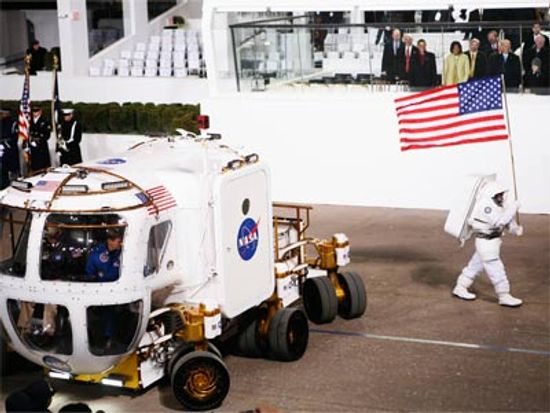
How Lunar Rovers Work
Learn More / Page 3
Some people don't believe a man walked on the moon. Others still think the Earth is flat. Are the Illuminati preparing the Earth to become an alien colony?
Would you be able to hear the Starship Enterprise if it zipped past you in space? Would the destruction of the Death Star be completely silent?
In the early 20th century, wherever there were "flying saucers," there was also ridicule, dished out to anyone courageous or foolish enough to defy the orthodoxy. How involved were the government researchers in UFO research--and what did they find?
Advertisement
Modern UFO history began with the 1947 UFO sighting by pilot Kenneth Arnold. But the roots of UFO stories stretch back to ancient and medieval days. Learn about the history of UFOs and strange phenomena from ancient times to the mid-20th century.
Hundred of meteors fly across the sky every night, but only a few make it to Earth. Meteors are best known for the brilliant streaks of light they make as they burn up in the atmosphere. Learn about 10 memorable meteor crashes that left an impression.
Almost everyone dreams of floating effortlessly like astronauts in space. The Zero Gravity Corporation offers this experience to the public. Go inside G-FORCE-ONE to find out what it's like to somersault in zero gravity and how simulating weightlessness works.
We know it's not made of green cheese, but what are the origins of the moon? Learn astronomers' theories about where the moon came from.
Advertisement
We know who won - top-runner SpaceShipOne. We know what the team receives for that accomplishment: $10 million and an obscenely gigantic trophy. But what about the story behind the contest? Learn about the rules, restrictions, red tape, test crashes, successful launches and the technological innovations that may get you into sub-orbit sooner than you think.
By Lacy Perry
The thought of terraforming Mars is one of those ideas so outrageous that it just might work! Learn how it will work!
By Kevin Bonsor
Why does the moon look so much bigger when it is near the horizon than when it is high up in the sky? This question has been pondered for hundreds if not thousands of years, and is commonly referred to as the moon illusion.
Since the 1960s, we've been captivated by the planet Mars. How different is our neighbor, and what have we learned about the most explored planet?
Advertisement
Asteroid mines could become an incredible source of building supplies for a colony on the moon. Learn how they will work!
By Kevin Bonsor
Imagine waking up in the morning, looking out your window and seeing the planet Earth below you. What would it be like to live in space? Find out all about the International Space Station.
On September 18, 2006, Anousheh Ansari, a telecommunications entrepreneur, became the first female space tourist and the fourth space tourist overall. Could you be next? Find out what's in the works to get you to space.
By Kevin Bonsor
Antimatter has the ability to store incredible amounts of energy in a very small space. See how it will work.
By Kevin Bonsor & Yara Simón
Advertisement
The Hubble Space Telescope is one of the most amazing machines in orbit right now. Learn more about the Hubble Space Telescope and how it works.
Like a firefighter or a rock star, an astronaut is one of those jobs kids say they want to have when they grow up. If you're still serious, we can tell you what it takes.
By William Harris & Sascha Bos
How long can a human survive in outer space? In science fiction movies, this seems to be an area of much creative license, with some people exploding instantly, and others surviving for nearly a minute without long-term ill effect. I read once that one's blood would boil, but I read elsewhere that this isn't true. So what is it?
We are seeing a lot more space suits now that the international space station is occupied. Learn how space suits work and why they cost $12 million each!
Advertisement
A total solar eclipse is a rare event that can be an amazing thing to witness. Learn about solar eclipses and how to observe one safely.
Alien life forms would probably differ from those on Earth but still adhere to certain principles. Learn about astrobiology and the search for alien life forms.
Get a sneak peek (even before NASA scientists) at a new type of spacecraft that could be jolted through space by electromagnets.
By Kevin Bonsor
I would like to know how an astronaut, who is in a space suit for hours, can eat, drink and eliminate fluid- and solid-waste byproducts? What "mechanics" are built into the suit and how do they operate?
Advertisement
In its nearly 30-year history, the space shuttle program has seen exhilarating highs and devastating lows. Learn all about the space shuttle program.
Air-breathing rockets have the potential to dramatically lower launch costs and may make space lots more accessible to normal people. See how it will work!
By Kevin Bonsor
